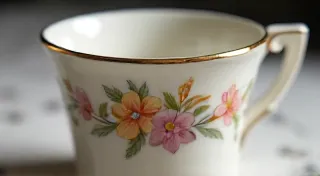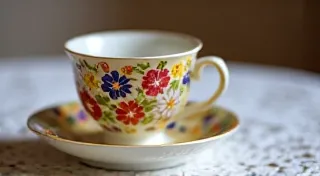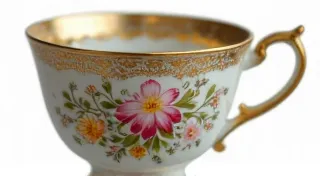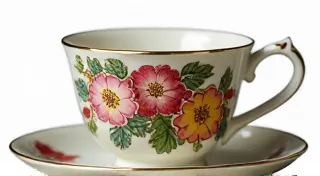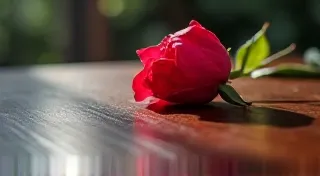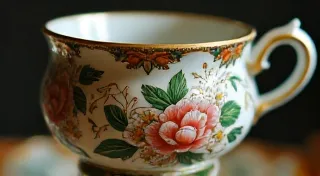Transferware Tea Cups: Decoding the Scenes
Transferware tea cups are among the most charming and historically significant pieces in the world of collectible china. These aren't simply decorated cups; they're miniature canvases depicting scenes from history, literature, mythology, and everyday life. Understanding the scenes on your antique tea cup can unlock its story and significantly enhance your appreciation for this beautiful form of art.
What is Transferware?
The term "transferware" refers to a specific printing technique developed in the early 19th century. It offered a relatively inexpensive way to apply detailed designs to pottery. Unlike hand-painted decoration, transferware allowed manufacturers to mass-produce pieces with intricate scenes.
The process involved engraving a design onto a copper plate. This engraved plate was then inked and pressed onto damp earthenware. The inked image transferred to the pottery surface. Finally, the transferred image was glazed and fired, permanently fixing the design.
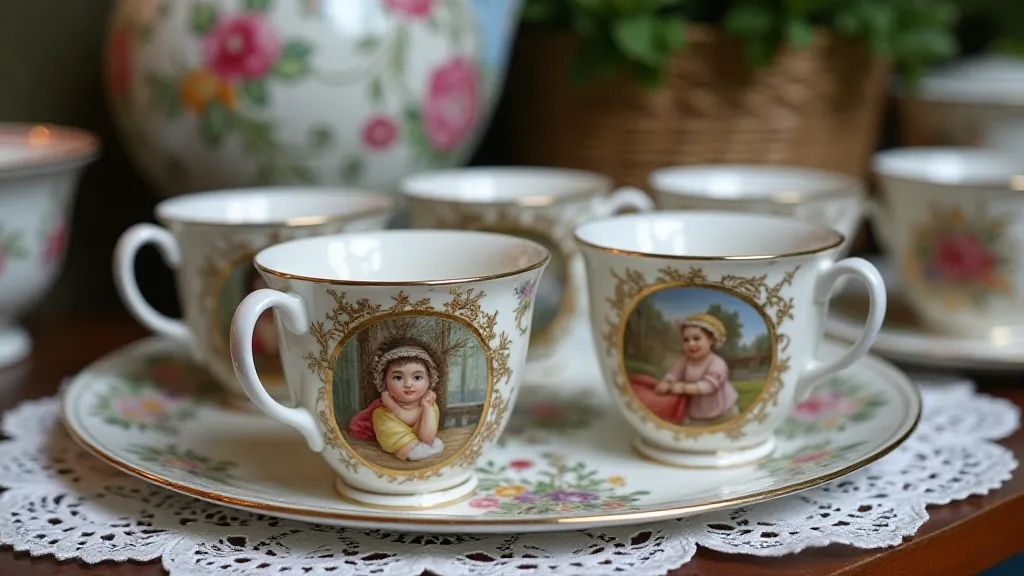
Common Scenes and Their Meanings
The subjects depicted on transferware tea cups are incredibly diverse, reflecting the popular tastes and interests of the time. Here are some common themes and what they often signify:
- Willow Pattern: Arguably the most recognizable transferware scene. It typically depicts a tragic love story derived from Chinese folklore. Its prevalence across different manufacturers highlights its widespread popularity.
- Italian Scenery: These scenes often showcase idealized views of Italian landscapes, architecture, and city life. They represent a fascination with the "Grand Tour" and European travel.
- Scottish Scenery: Similar to Italian scenes, these depict the landscapes and ruins of Scotland, tapping into a romanticized view of the country.
- Historical Events: Transferware often depicted significant historical moments, battles, and figures. Identifying the exact event can be challenging but provides a fascinating historical connection.
- Literary Scenes: Scenes from popular novels and poems were frequently reproduced on transferware, showcasing a love for storytelling and literature.
- Fables and Folklore: Illustrations from Aesop’s Fables and other folklore tales were common, reflecting moral lessons and entertainment.
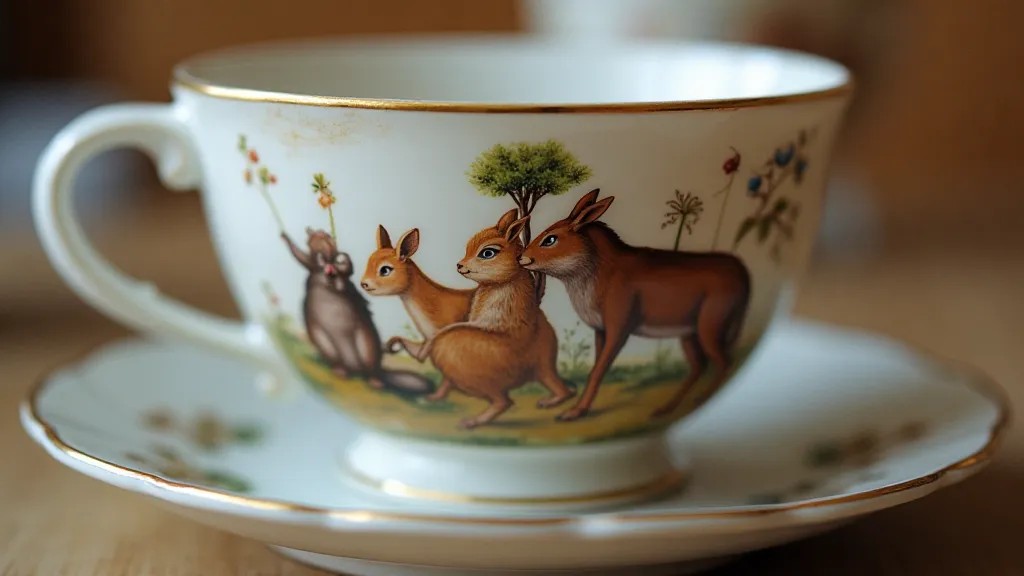
Identifying the Maker and Date
While the scenes themselves are intriguing, identifying the manufacturer and date of your transferware tea cup can add another layer of appreciation. Look for markings on the base of the cup. These can be manufacturer’s marks, patterns names, or dates.
Common transferware manufacturers include:
- Mason’s
- Wedgwood
- Shelley
- Royal Albert
- Minton
However, remember that patterns were often copied or licensed, so marking identification isn't always definitive. Researching patterns online or consulting with antique china experts can be invaluable.
Caring for Your Transferware
Transferware tea cups are delicate antiques. Proper care is crucial to preserve their beauty and value. Handle them with care, avoiding harsh cleaning agents and extreme temperature changes. Consider using padded storage to prevent chipping and breakage.
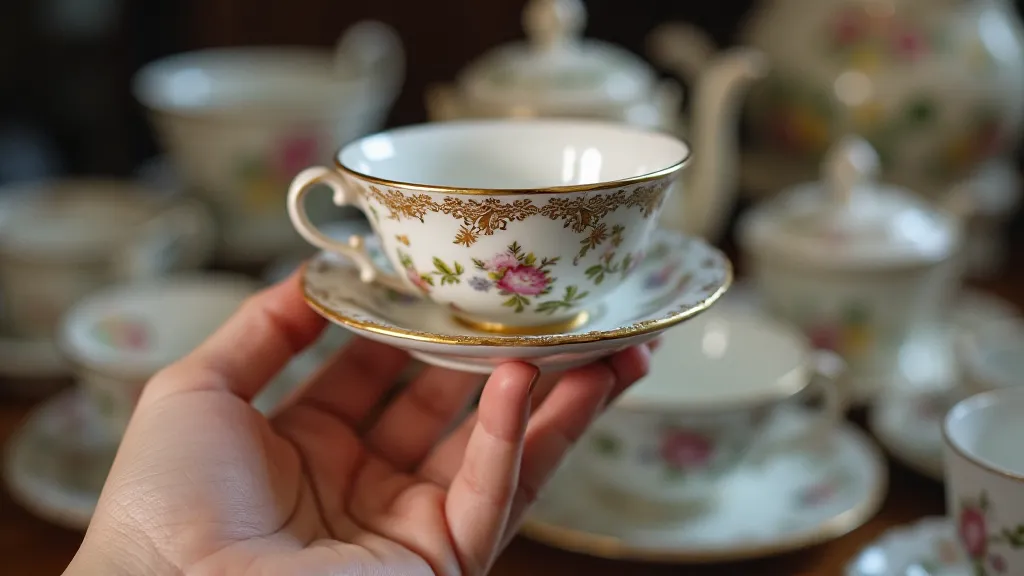
Further Exploration
Collecting transferware tea cups is a journey of discovery, connecting you to history, art, and the lives of those who used these beautiful objects centuries ago. Dive deeper into specific patterns, manufacturers, or historical themes to expand your knowledge and enjoyment of this fascinating form of collectible china.
